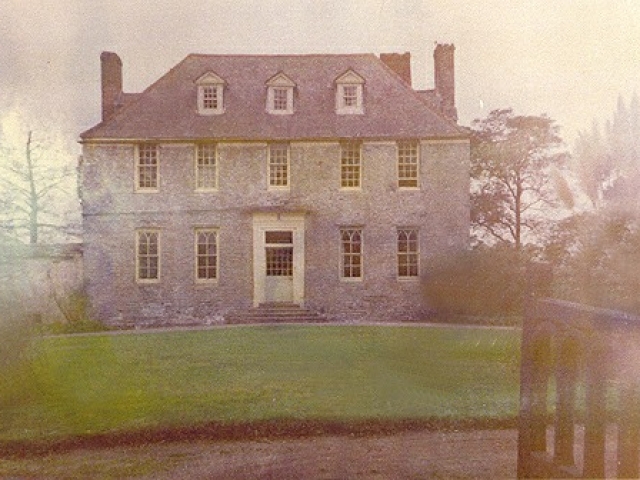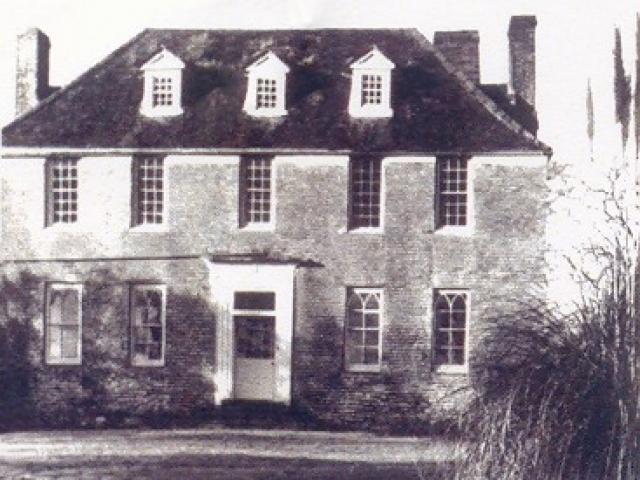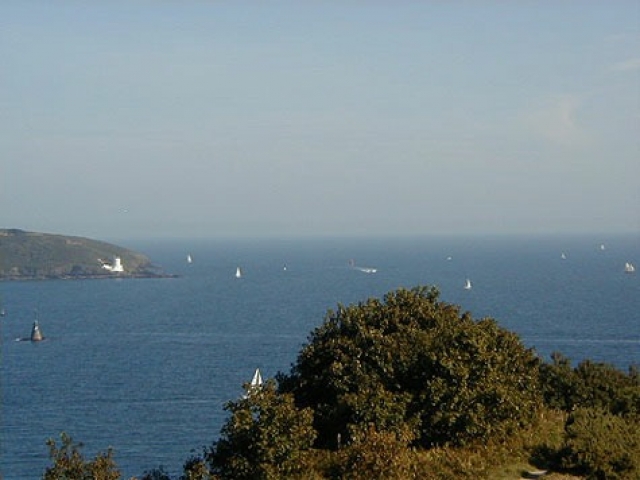Cornwall
THE DUCHY OF CORNWALL plays an important role in the Bolitho series, especially the port of Falmouth, with its vast bay and Carrick Roads, on England’s southwestern coast. It was in Falmouth that the author placed the Bolitho family home, the ‘big grey house’.
‘Taking up residence in Cornwall was part of the preparation,’ explained Reeman. ‘I started at once after I’d gone down there, getting a feel for the whole area, places of historical note . . . I’d already done a lot of research on the period, because I was always interested. I combed the local churchyards around Falmouth, St. Mawes and the Roseland Peninsula collecting names. Even the name of Bolitho’s wife, Cheney, came from the church of King Charles the Martyr in Falmouth.
‘I’ve always liked Falmouth, used to go there as a child with my family, and again in the navy, and when I started writing I went there in my boat,’ says Douglas.
Reeman’s approach to Falmouth Bay and Carrick Roads from the sea could have been described in To Glory We Steer (chapter two): ‘The Phalarope was anchored well out in Falmouth Bay, her sleek shape black and stark against the sea and watery sunlight . . . The ship had made a slow approach towards the headland . . .”
Readers are also introduced to Pendennis Castle in To Glory We Steer: ‘By his side, huddled in his boat cloak, Lieutenant Thomas Herrick sat in silence, his eyes watching the rain-soaked hills beyond the town and the grey, timeless bulk of the Castle above Carrick Roads.’
In the Kent novels, the family home had been in Falmouth for generations of Bolithos, who had gone to sea in the King’s service.
‘The Bolitho house isn't really in Falmouth at all — I just saw it one day, and I knew it was Bolitho’s house,’ said the author. ‘The only trouble was, it was in the wrong place, so I had to move it from its real location in a peaceful rural hamlet in deepest Cornwall, not far from the King Harry ferry. Right house, right period, everything, so I relocated it.’
The first description of the Bolitho house readers encounter is in chapter two of To Glory We Steer, ‘Beware, the Press!’: ‘Bolitho halted below the church wall and looked up the familiar street which ran beside the churchyard. At the top of the road was the house, its square, uncompromising shape, the familiar grey stonework, as enduring as his memory of it.’ It was a scene that would appear again and again in the books, though in varying seasons and weather conditions.
‘You may ask, why was Bolitho Cornish?’ queried the author. ‘He arrived being Cornish in my mind, and I was happy about that. And when my American publisher, Walter Minton, said, ‘What are we going to call this guy?’ I said without hesitation, ‘Richard Bolitho,’ which was the name of a distinguished old chap I’d met some years earlier in the Channel Islands when I’d sailed my boat there. He was the brother of the Lord Lieutenant of Cornwall, and it is a very Cornish name — you can't open a phone book down there without finding a whole lot of them. He lived to know that I’d borrowed his name, and he was, I think, quite pleased about it. And when I returned to Surrey from my stay in Cornwall, I moved into the house I had been having renovated, and renamed it ‘Bolitho Cottage’.’






